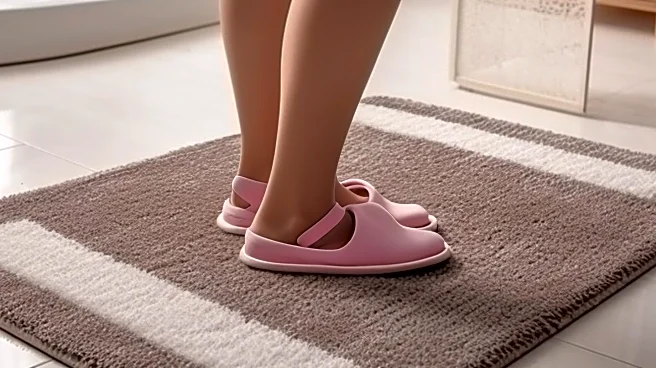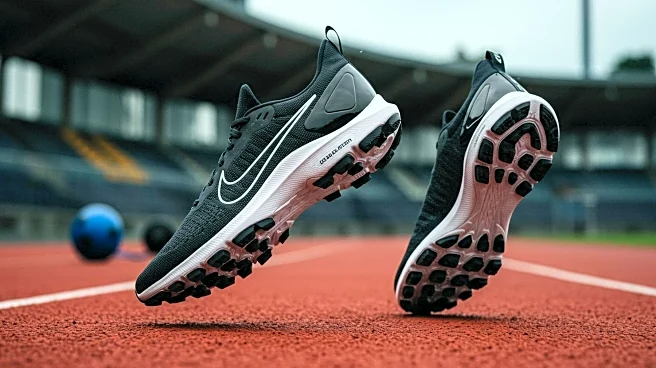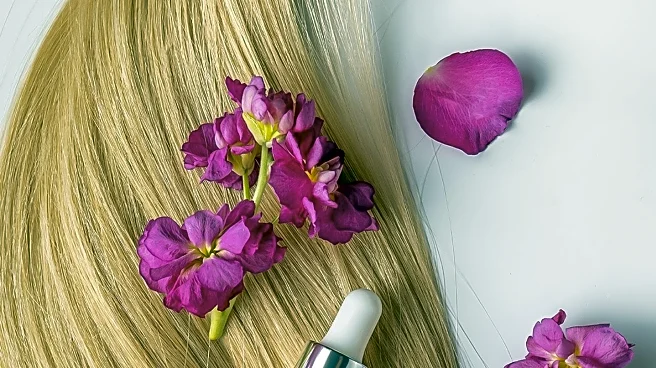What is the story about?
What's Happening?
Walking barefoot at home is a common practice that has both benefits and potential drawbacks, according to medical experts. Dr. Robert Conenello, a licensed clinical podiatrist, advocates for going barefoot as it strengthens the intrinsic muscles of the feet, which can weaken with age and regular shoe use. This muscle reinforcement is crucial for maintaining mobility. Dermatologist Dr. Hannah Kopelman adds that walking barefoot allows the skin to breathe, reducing the risk of fungal infections like athlete's foot. However, both experts caution against potential risks such as exposure to irritants, allergens, and the possibility of foot injuries. Walking barefoot on hard surfaces can lead to foot fatigue or plantar fasciitis, a condition where the tissue connecting the heel bone to the toes becomes inflamed. For those with diabetes or poor circulation, the risks are heightened, as minor injuries can lead to serious health issues.
Why It's Important?
The discussion around walking barefoot at home highlights a balance between health benefits and potential risks. Strengthening foot muscles can improve mobility and reduce the risk of certain pathologies, which is particularly important as people age. However, the potential for injury or exposure to harmful substances presents a significant concern, especially for vulnerable populations such as those with diabetes or skin conditions. This information is crucial for individuals making informed decisions about their home habits, particularly in the context of maintaining foot health and overall well-being. The insights provided by medical professionals can guide people in adopting practices that enhance health while minimizing risks.
What's Next?
Individuals are encouraged to consider their personal health conditions when deciding whether to walk barefoot at home. For those who choose to do so, maintaining proper hygiene, such as washing and moisturizing feet, is advised to mitigate risks. People with specific health concerns, like diabetes or existing foot conditions, should consult healthcare providers for personalized advice. Additionally, wearing socks can offer a middle ground, providing some protection while still allowing for the benefits of going barefoot. As awareness of the benefits and risks grows, more people may seek guidance from healthcare professionals to tailor their practices to their health needs.
Beyond the Headlines
The practice of walking barefoot at home also touches on broader themes of natural living and mindfulness. Feeling different textures underfoot can provide sensory stimulation and promote relaxation, akin to a reflexology session. This aspect of barefoot walking aligns with trends in wellness that emphasize connecting with one's environment and enhancing mental well-being. As people increasingly seek holistic approaches to health, the conversation around barefoot walking may expand to include its psychological benefits, alongside the physical considerations.
AI Generated Content
Do you find this article useful?











